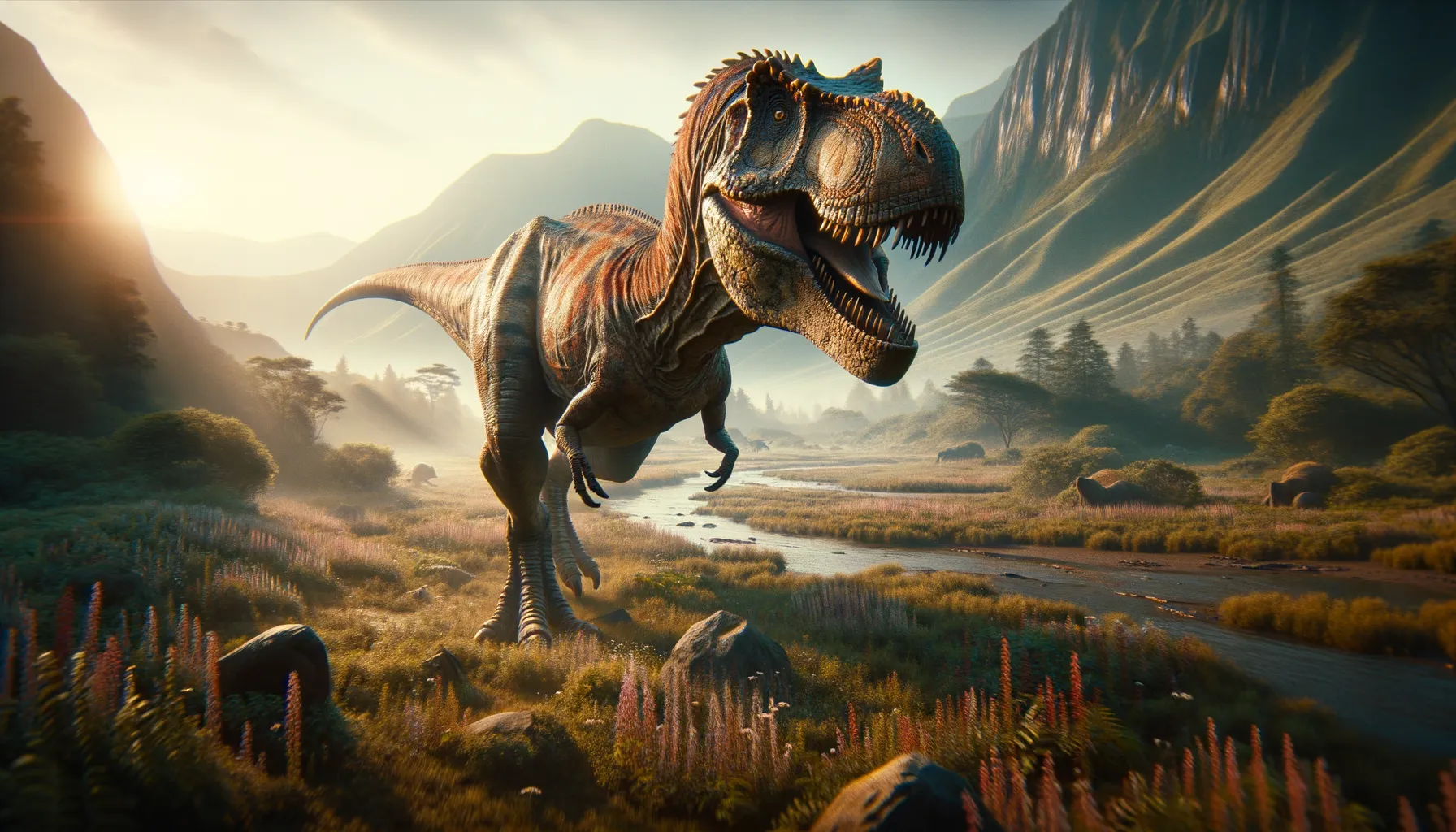
Sterrholophus
Mysterious giant of the Cretaceous era!
Period
Cretaceous
Length
Measured around 25 to 30 feet long.
Height
Stood about 8 to 10 feet tall.
Weight
Weighed approximately 4 to 6 tons.
Sterrholophus is a fascinating dinosaur that roamed the Earth during the Cretaceous period. Known for its distinctive features, this herbivorous creature was well equipped for a life on the move, using its strong legs to traverse vast landscapes in search of food. Its existence gives us vital clues about the ecosystems of the past and how dinosaurs interacted with their environment.
Diet
Sterrholophus was primarily a herbivore, feeding on a variety of plant material. It likely consumed ferns, cycads, and conifers which were abundant during its time. Its diet helped maintain the ecological balance by controlling the vegetation growth.
Hunting
As a herbivore, Sterrholophus did not hunt. Instead, it foraged for plant material in its habitats. Its survival depended on its ability to find sufficient food sources and avoid predators.
Environmental challenges
Sterrholophus faced environmental challenges such as fluctuating climate conditions and competition for food resources. Predators posed a constant threat, necessitating a need for effective strategies to avoid them. Additionally, ecosystem changes due to volcanic activity or sea-level fluctuations would have required adaptability for survival.
Speed
Moderately fast, capable of sudden bursts.
Lifespan
Likely around 20 to 30 years.
First discovery
Unearthed in the late 19th century in Colorado.
Fun Facts
- Sterrholophus was a herbivorous dinosaur, which means it only ate plants.
- This dinosaur lived during the Late Cretaceous period, around 75 million years ago.
- Sterrholophus is known for its distinctive frilled skull, which likely helped it attract mates or deter predators.
- It belonged to the ceratopsid family, which includes the famous Triceratops.
- Sterrholophus likely had a strong social structure, living in herds for protection and cooperation.
- Fossils of Sterrholophus have been primarily found in North America.
- Despite its size, Sterrholophus was believed to be a gentle giant, relying on its size and horns to fend off threats.
Growth and Development
Sterrholophus likely grew rapidly during its juvenile stages, benefiting from plentiful food sources and relative safety in herds. Its development may have involved complex social interactions to learn vital survival skills. As it matured, size and strength became crucial for fending off predators and competing for resources.
Habitat
Sterrholophus inhabited forested regions and floodplains, which provided abundant vegetation and water. These environments supported not only Sterrholophus but also a myriad of other species creating a bustling ecosystem. Seasonal variations could influence the availability of food and water, leading to migrations within its home range.
Interaction with other species
Sterrholophus likely interacted with other herbivorous and carnivorous dinosaurs, as well as smaller creatures that shared its habitat. These interactions could range from competitive foraging to predator-prey dynamics. Cooperative behaviors within its own species might have been crucial for protection against larger predators.
Natural lifespan
Sterrholophus might have lived naturally for two to three decades.
Reproduction
Sterrholophus likely reproduced by laying eggs in carefully selected nesting sites. Parental care might have involved protecting the nest from scavengers and environmental threats. Hatchlings were probably nurtured for a short period until they could fend for themselves.
Social behaviour
Sterrholophus may have lived in herds, offering safety in numbers against predators. This social structure allowed for the development of communication methods, perhaps through vocalizations or visual cues. Hierarchies could have existed within the herd, determining access to resources and mating opportunities.
Fossil locations
Fossils of Sterrholophus have primarily been located in North America, particularly in regions like Colorado. These fossils have provided significant insights into the Cretaceous ecosystem and the diverse species that inhabited it. Continued excavation and research are likely to uncover more about its behavior and evolution.
